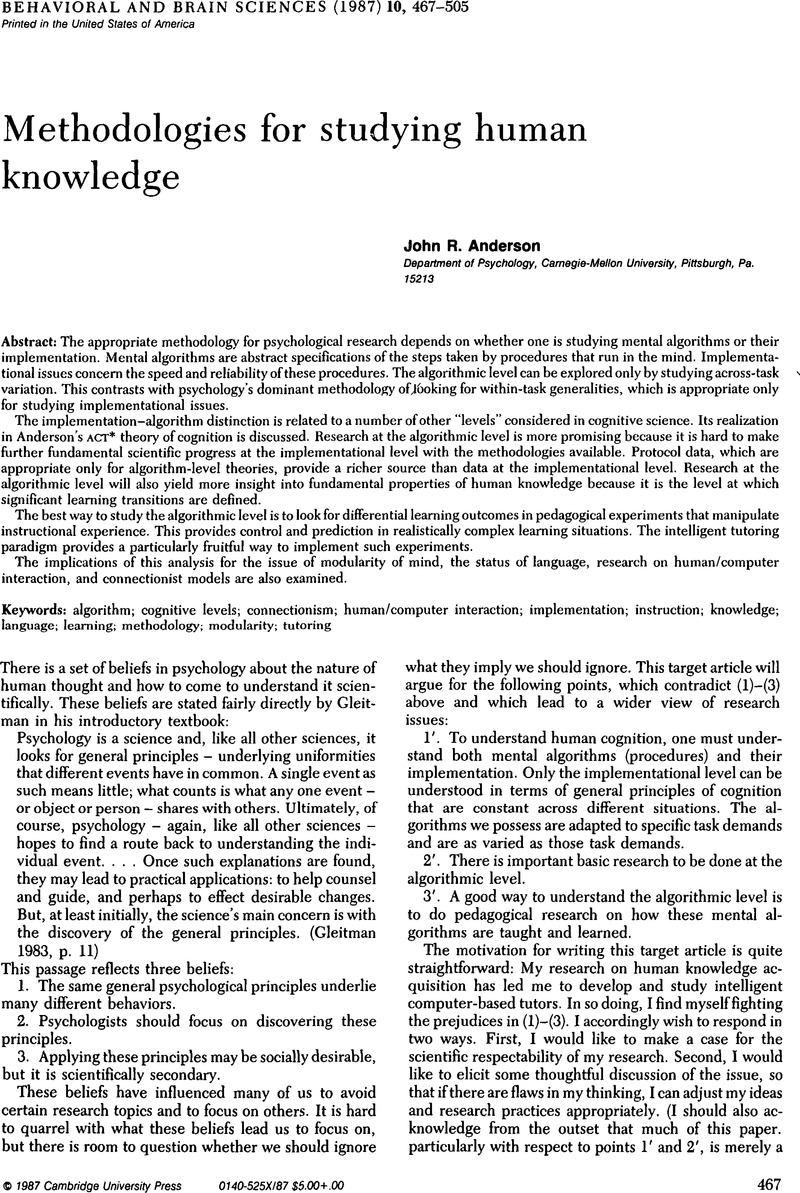Taylor, M. M. (
1984) The Bilateral Cooperative Model of reading: A human paradigm for artificial intelligence. In:
Artificial and human intelligence. ed.
Elithorn, A. &
Banerji, R.,
Elsevier, . (First published in 1981 by
Defence and Civil Institute of Environmental Medicine,
Ontario, Canada, as Research Paper 81-P-4). [MMT]
Google Scholar 